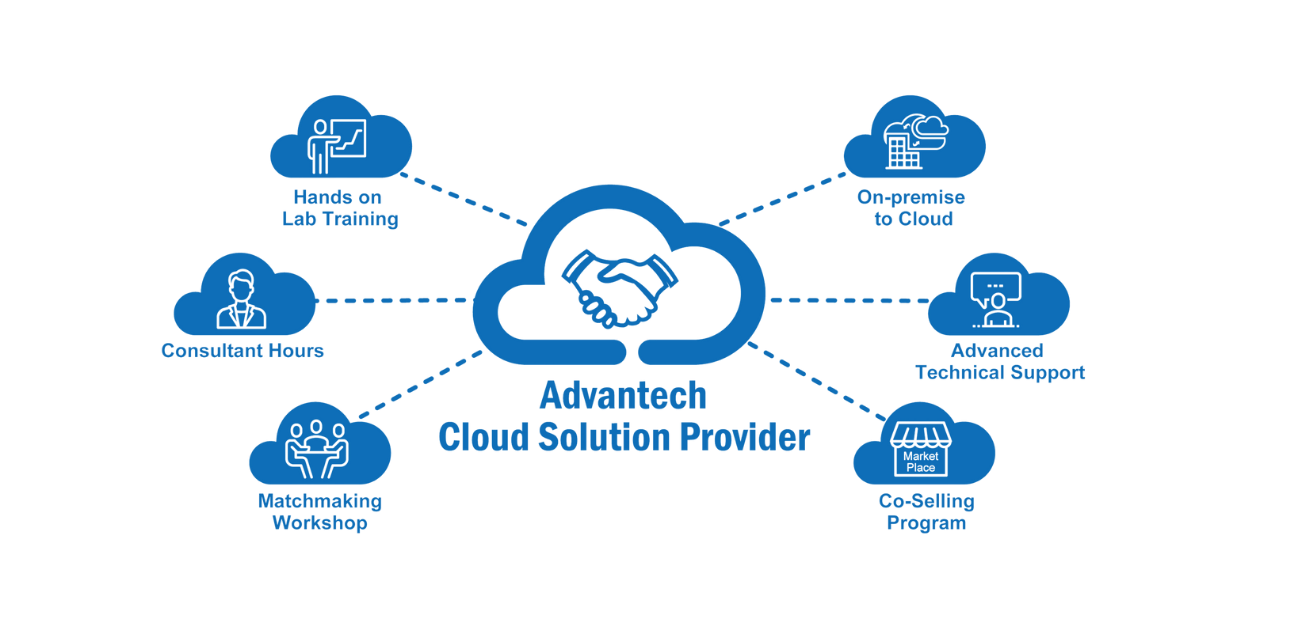Universal Cloud Service: Trustworthy and Effective Solutions for Your Service
Universal Cloud Service: Trustworthy and Effective Solutions for Your Service
Blog Article
Achieve Seamless Scalability With Cloud Services
In the ever-evolving landscape of cloud services, achieving seamless scalability stands as a cornerstone for contemporary organizations seeking to remain competitive and versatile. The capability to effortlessly increase or contract sources in reaction to transforming demands is a crucial advantage in today's busy digital setting. By mastering the art of scalable cloud remedies, organizations can not just optimize efficiency and streamline procedures but likewise lead the way for future development and development. The pursuit for seamless scalability with cloud solutions unveils a world of opportunities for those going to welcome the transformative power of dynamic source management.
Benefits of Cloud Scalability
Cloud scalability supplies organizations the flexibility to dynamically change sources based upon demand, making sure optimum performance and cost efficiency. One crucial advantage is the capacity to range resources up or down rapidly in action to fluctuating work. This dexterity makes it possible for businesses to meet changing customer needs without over-provisioning resources, ultimately resulting in cost savings. Scalability also enhances performance by ensuring that systems can handle increased website traffic or work without experiencing downtime or stagnations. By successfully alloting sources, companies can preserve high levels of performance throughout peak times without unneeded costs during quieter periods. In addition, cloud scalability advertises technology and trial and error by permitting services to quickly evaluate originalities and range them as needed. This adaptability motivates a culture of continual renovation and adjustment, allowing organizations to stay affordable in a quickly developing market landscape. Ultimately, the advantages of cloud scalability prolong beyond price financial savings to include improved efficiency, dexterity, and technology.
Secret Features for Scaling
Reliable scaling in cloud services relies upon key functions that enable companies to adjust resources dynamically based upon demand. One crucial function for scaling is flexibility, allowing resources to scale up or down in feedback to varying work. This guarantees that companies can satisfy efficiency needs without over-provisioning resources. An additional key function is scalability, making it possible for systems to deal with boosted work by adding resources effortlessly. This attribute is important for suiting growth without compromising performance. Furthermore, automation plays an essential role in scaling by automating the provisioning and de-provisioning of sources based upon predefined policies. Automation decreases human treatment, boosts efficiency, and makes sure quick response to changing demands. Tracking and analytics tools are likewise crucial for scaling, providing insights into resource utilization, performance metrics, and potential bottlenecks. These tools enable organizations to optimize and make informed choices source appropriation for reliable scaling. On the whole, these key features jointly encourage companies to attain smooth scalability in cloud solutions.
Carrying Out Auto-Scaling Strategies
To effectively maximize source allotment and adjust to differing workloads, companies need to tactically implement auto-scaling approaches in their cloud services infrastructure. Auto-scaling permits systems to immediately adjust the variety of compute sources based upon real-time demand. There are different auto-scaling techniques that companies can utilize, such as anticipating scaling, which utilizes historic data to anticipate future resource requirements, and reactive scaling, which replies to existing workload adjustments.

Best Practices for Scalability
For organizations intending to improve their scalability in cloud services, carrying out finest practices is crucial for optimum efficiency and resource monitoring. One key ideal method is developing applications with a click here for info microservices style. This technique breaks down applications into smaller, independent solutions that can be deployed, upgraded, and scaled individually, permitting higher flexibility Read Full Article and scalability.
An additional essential technique is using containerization technology, such as Docker or Kubernetes. Containers make it possible for the packaging of applications and their reliances into separated units, making it much easier to scale components individually and deploy them constantly across different settings.
Additionally, applying automated deployment and framework as code (IaC) can improve scalability initiatives (linkdaddy cloud services). Automation devices like Terraform or Ansible assistance in provisioning and taking care of resources effectively, reducing hands-on errors and making it possible for quick scalability
Furthermore, checking performance metrics, establishing notifies, and carrying out normal capacity planning are necessary practices to guarantee positive scalability monitoring. By sticking to these best practices, organizations can accomplish smooth scalability in their cloud solutions while optimizing performance and resource use.
Tracking Efficiency Metrics
When assessing the effectiveness of cloud services scalability, closely monitoring performance metrics is essential for guaranteeing optimal functionality and resource allotment. By continuously tracking key efficiency indications (KPIs) such as action times, explanation resource, throughput, and latency application, companies can acquire important insights right into the health and wellness and efficiency of their cloud infrastructure. Monitoring efficiency metrics enables the early discovery of possible bottlenecks or issues that can affect scalability, enabling aggressive actions to be required to address them prior to they rise.

Verdict
In verdict, attaining seamless scalability with cloud services is important for organizations to maximize efficiency, enhance innovation, and keep high efficiency levels throughout peak times. By leveraging the advantages of cloud scalability, carrying out auto-scaling methods, using key attributes such as flexibility and automation, and complying with best techniques like application style and performance monitoring, companies can successfully scale their systems while taking full advantage of resource application and performance.
The pursuit for smooth scalability with cloud services introduces a world of opportunities for those ready to embrace the transformative power of vibrant resource monitoring.
Cloud scalability provides companies the versatility to dynamically readjust resources based on need, making sure optimal performance and expense effectiveness. One more essential feature is scalability, enabling systems to handle increased work by adding resources seamlessly.For companies intending to enhance their scalability in cloud solutions, implementing finest techniques is vital for optimal performance and source management.When examining the effectiveness of cloud services scalability, closely keeping an eye on efficiency metrics is critical for guaranteeing ideal capability and resource allotment.
Report this page